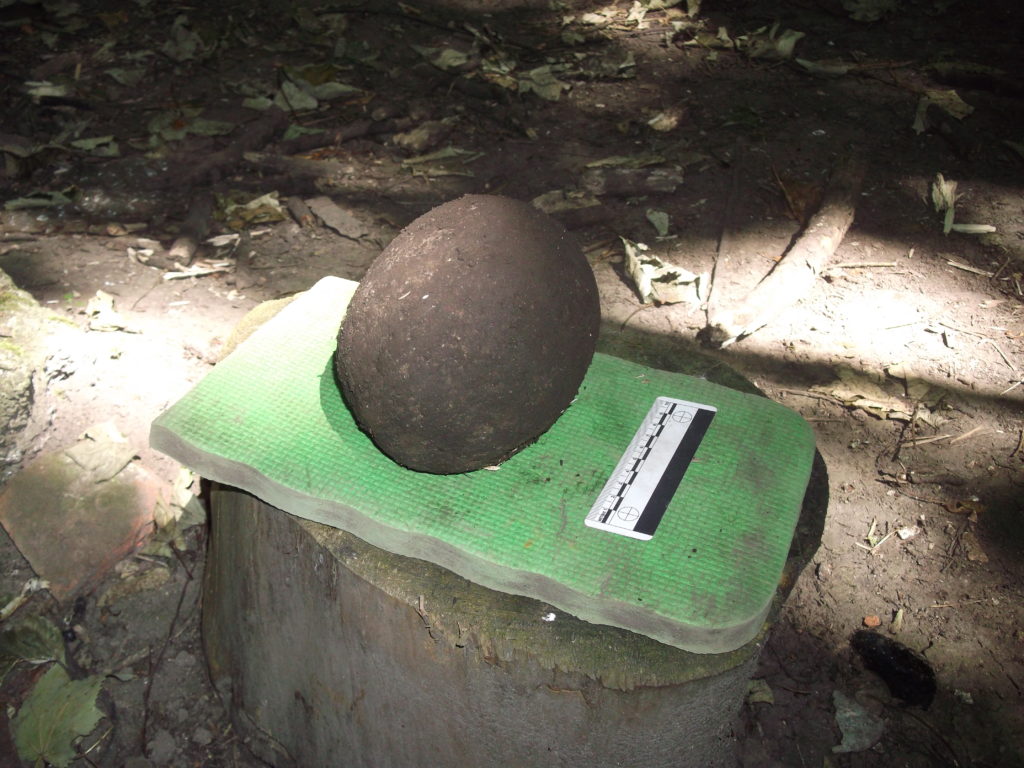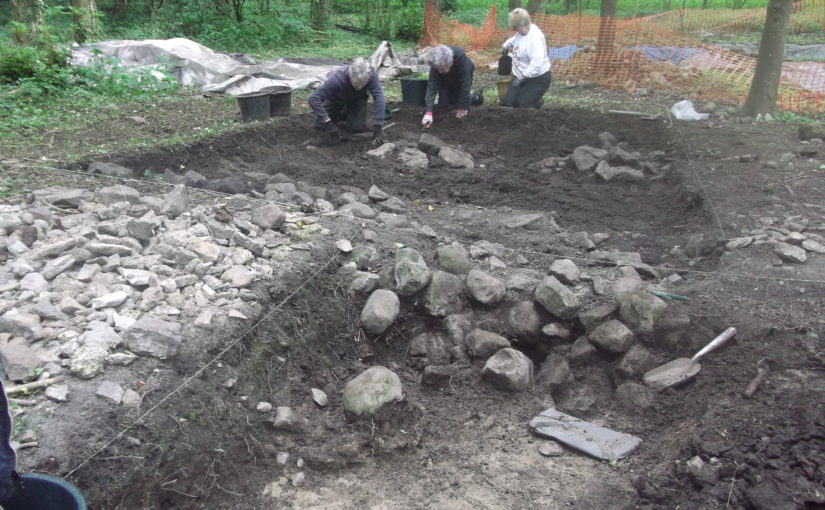Castle Studies Trust’s expert grant assessor Erik Matthews reveals the findings of the 10 years (and counting) excavation he has been directing of Hornby Castle in Wensleydale North Yorkshire.
A programme of archaeological fieldwork involving excavation with some building recording has been in progress since 2010 with the new season due to commence as soon as conditions will allow. It has focussed on the site of a moated hunting lodge of the Dukes of Brittany referred to in a Charter dated to 1115. It was subsequently used as a “pleasaunce” for first the Nevilles of Redbourne in Lincolnshire and later the Conyers before its destruction in a military attack at the end of the Wars of the Roses.
Pre-conquest origins
Recent work has focussed on the kitchen where oven structures have been recovered with traces of a wooden tank for holding live fish prior to their cooking. A stone sink with a wooden drain leading into the moat to the north has been found with a cherry stone recovered from it. There was also traces of a fireplace which collapsed with the remainder of the building sending a plume of ash into the room. Following the discovery of residual artefacts of Pre-Conquest date from the kitchen floor including a carved walrus ivory handle, a sherd of Pre Conquest glazed pottery made in Northern Germany and piece of fine worked bone casket, it was decided to section the floor to find evidence of an earlier structure beneath. Evidence of a wooden floored, stave walled structure was found which may be associated with the immediate Pre-Conquest tenant Arnekill who was of noble birth and related to the Earls of Northumbria.
Examination of the remains of the kitchen front wall yielded evidence of the ferocity of the destruction of the complex with the recovery of a large stone cannon ball (below)from a heavy calibre cannon which had become embedded in it. Close by a carved Nidderdale marble capital was found which has been dated to the 12th Century and which may have come from a chapel in nearby.

The Great Tower – post medieval survival?
The 2019 season focussed on a section of the moat which located traces of a stone bridge abutment and wooden foot bridge surviving in the moat silts heading towards an earthwork in an adjacent field. The main discovery has however been evidence of an ashlar clad stone Great Tower. Two wall foundations 2.8 metres wide sunk into a rock clad mortar embankment rising some 1.2 metres have been located to the north and west. The north wall includes the remains of a robbed out spiral stair. Internal features include an internal chamber with very thick walls which may have been a strong room, also a corridor from the floor of which an iron knife was recovered blade down! Evidence of an external doorway heading to the north towards the area of the most bank has been recovered and a small section of roofing lead together with lime slurry suggests an impressive structure. The close proximity of the foundations to the modern ground surface suggest tantalisingly that the structure may have survived as a ruin into the relatively recent past.
For more information about the excavation please contact Erik Matthews on rubyna dot matthews at btinternet dot com
